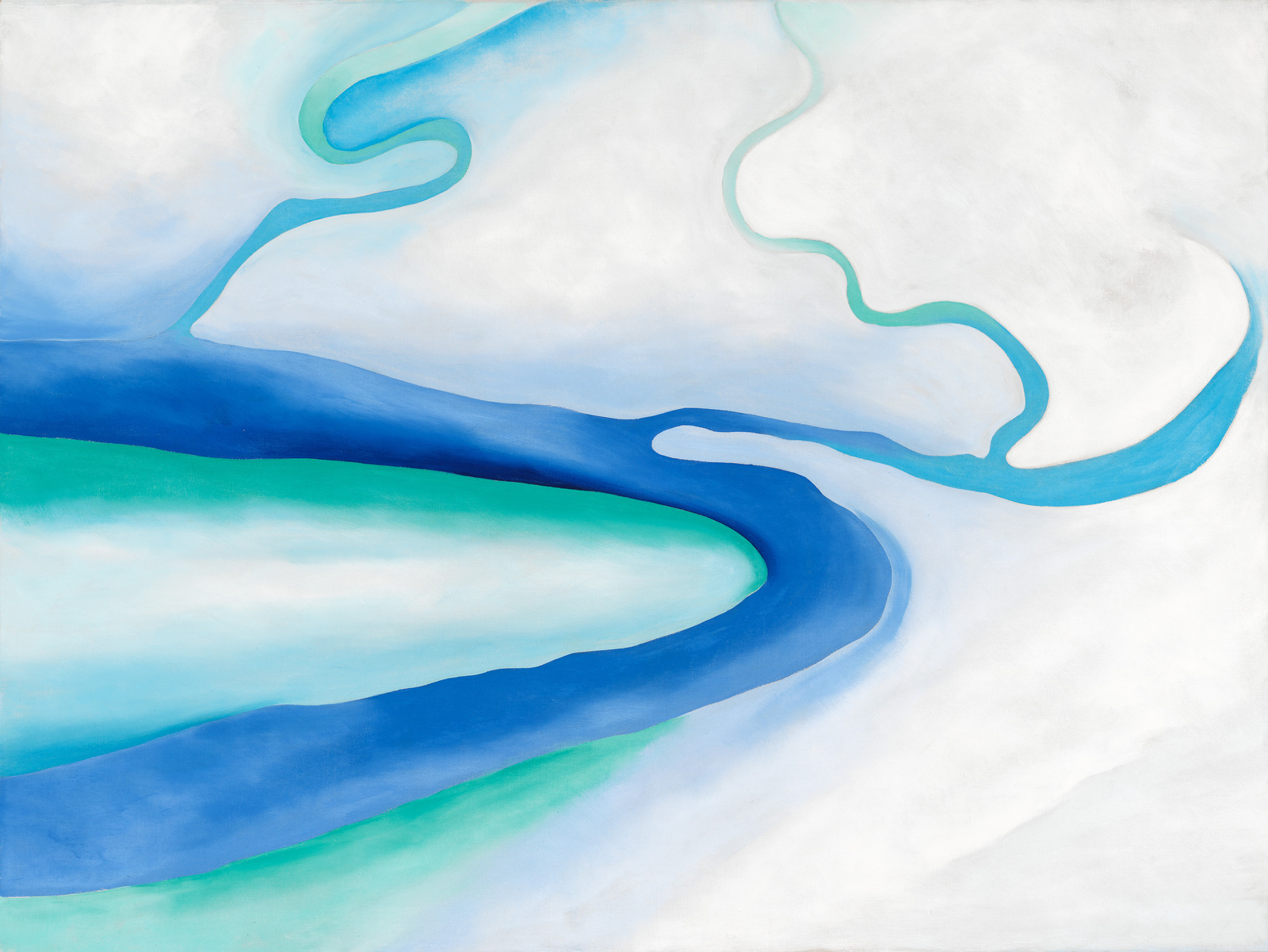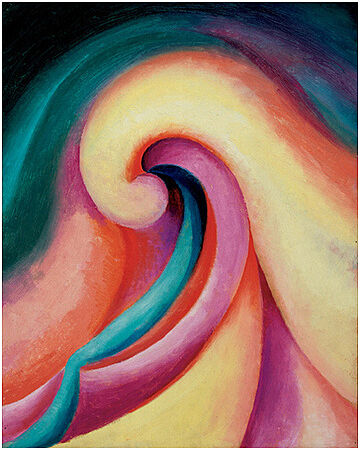Georgia O’Keeffe, Jack-in-Pulpit – No. 2, 1930
Sept 17, 2009
0:00
Georgia O’Keeffe, Jack-in-Pulpit – No. 2, 1930
0:00
Narrator: In 1930, O’Keeffe made five paintings of a wild flower called a jack-in-the-pulpit that was growing near her Lake George home.
Georgia O'Keeffe: I have a series of paintings of Jack-in-the Pulpits. At Lake George we had a good many Jack-in-the-Pulpits. My first one was almost photographic. It was about 10 × 12. And the next one got up to be 30 × 36. And the next one was 30 × 40. And in that one the jack got black. Well, then I made an abstract thing of all the different parts of the jack and then it got to be forty-eight inches high. And then I thought I ought to be able to simplify it more than that, and then I thought well the thing that makes you interested in that flower, and that you wouldn’t look at the flower without, is the jack in the middle of it. So I painted just the jack.
Narrator: It is typical of O’Keeffe to suggest that the most abstract image might be most meaningful. She once pointed out that in some ways realism isn’t very real at all. She did not want to capture the surface appearance of things. Instead, she worked to eliminate some things and emphasize others in order, as she put it, to quote “get at the real meaning of things.”
This series signals a subtle change in O’Keeffe’s approach. Her step-by-step move towards abstraction here is analytical—as if the flower were a problem she were trying to solve. In the earlier abstractions, she often seemed to be exploring an interior, imaginary space. Here she uses abstraction instead to reduce the observable world into its most essential, meaningful forms.


